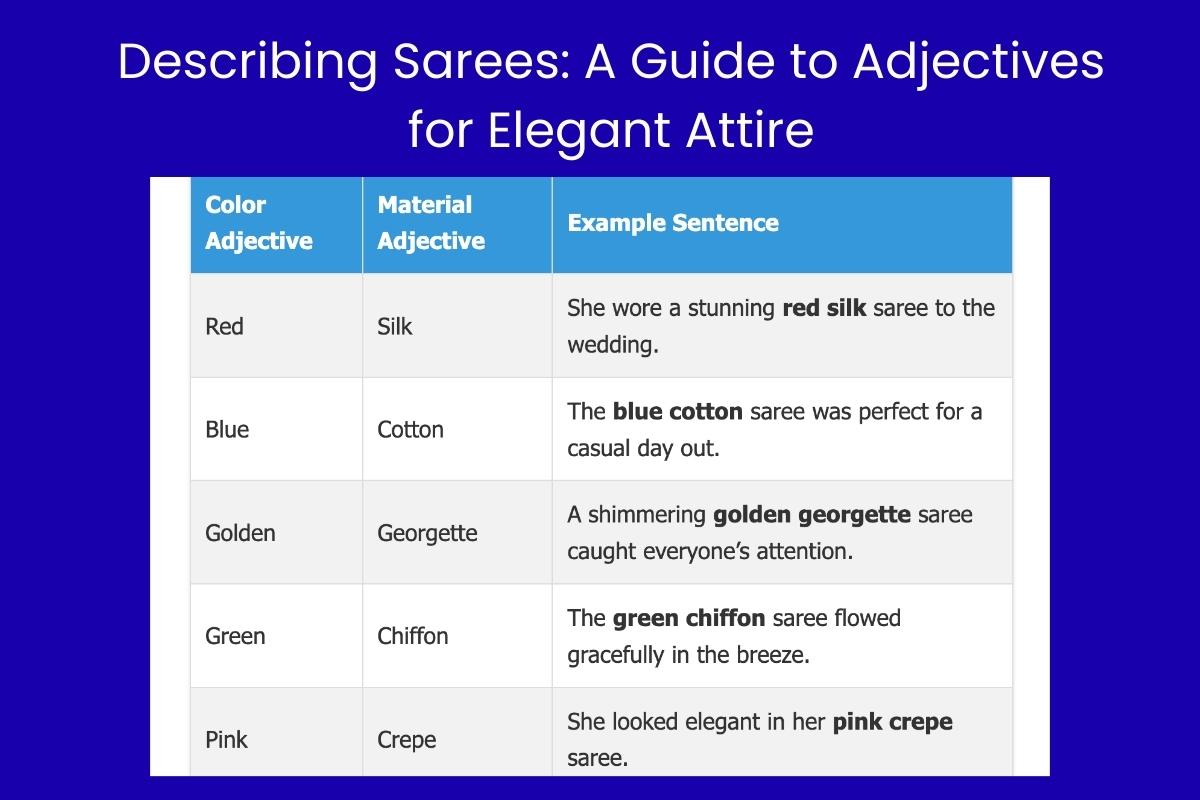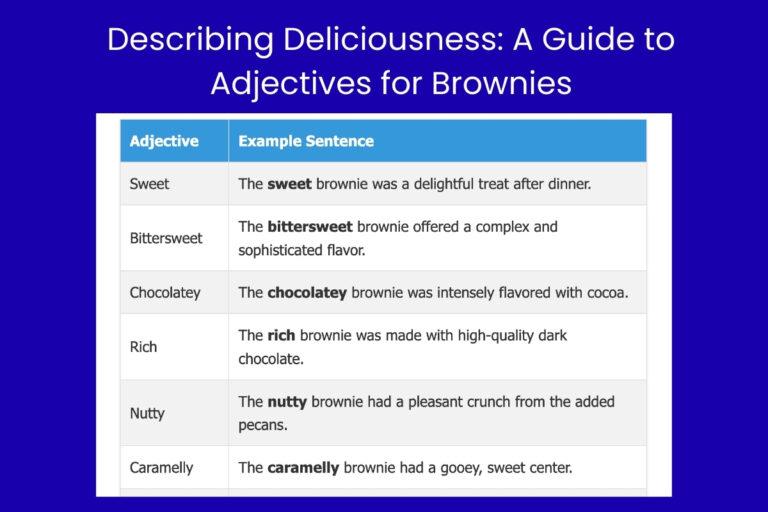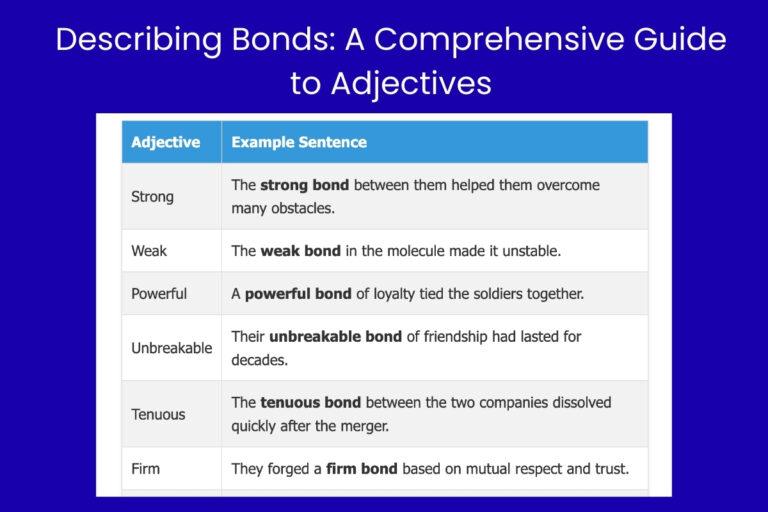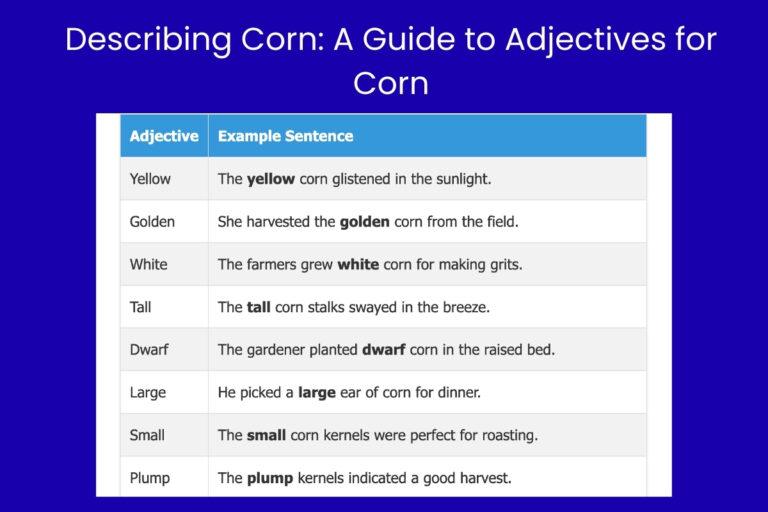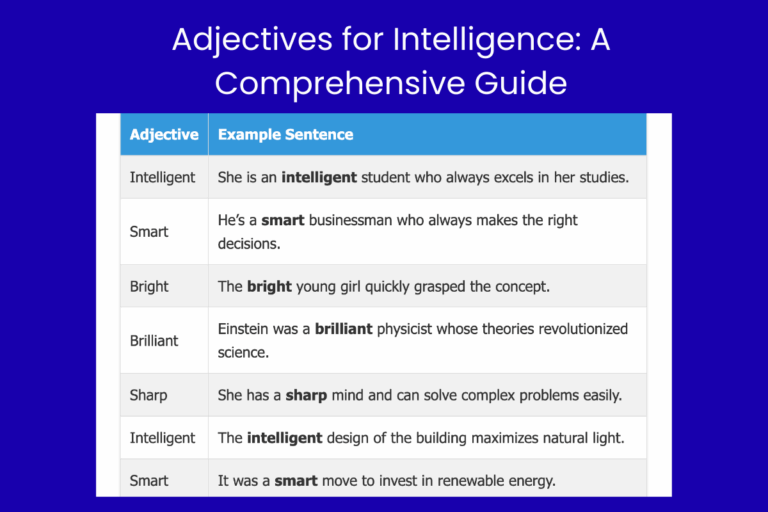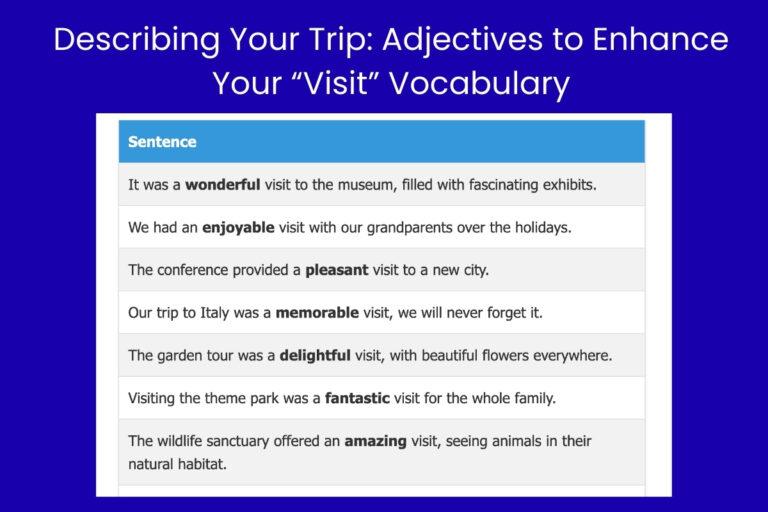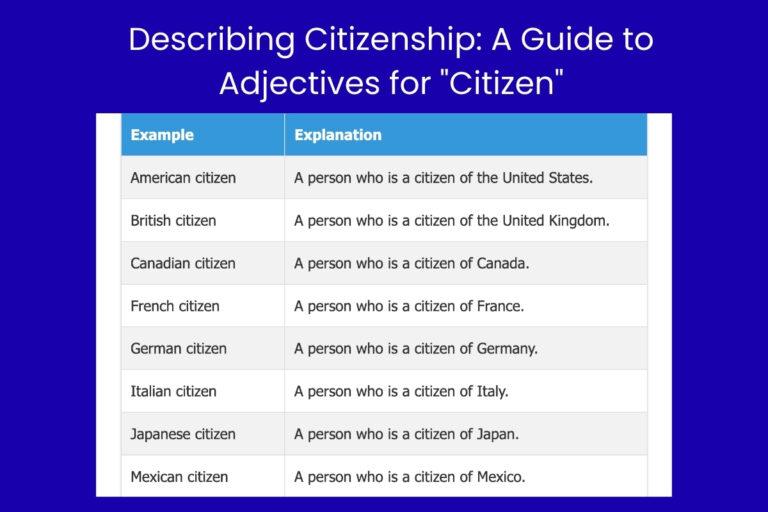Describing Sarees: A Guide to Adjectives for Elegant Attire
The saree, a timeless garment steeped in cultural significance, is more than just clothing; it’s an expression of artistry, tradition, and personal style. Describing a saree effectively requires a rich vocabulary of adjectives that capture its beauty, texture, and overall essence. This article delves into the world of adjectives used to describe sarees, providing you with the tools to articulate their unique qualities with precision and flair. Whether you’re a fashion enthusiast, a writer seeking vivid descriptions, or simply someone looking to expand your English vocabulary, this guide will enhance your ability to appreciate and describe the elegance of sarees.
Understanding the nuances of adjective usage in this context not only improves your descriptive writing but also deepens your appreciation for the artistry and craftsmanship involved in creating these exquisite garments. From the delicate weave to the vibrant colors, each adjective helps paint a more complete and captivating picture of the saree.
Table of Contents
- Introduction
- Definition of Adjectives for Sarees
- Structural Breakdown: Combining Adjectives
- Types and Categories of Adjectives for Sarees
- Examples of Adjectives Used for Sarees
- Usage Rules for Adjectives Describing Sarees
- Common Mistakes When Using Adjectives for Sarees
- Practice Exercises
- Advanced Topics: Figurative Language and Adjectives
- Frequently Asked Questions (FAQ)
- Conclusion
Definition of Adjectives for Sarees
Adjectives are words that describe or modify nouns. In the context of sarees, adjectives are used to provide details about the saree’s appearance, texture, origin, style, and other characteristics. They help to create a vivid and detailed image in the reader’s or listener’s mind, conveying the saree’s unique qualities. These adjectives can range from simple descriptions of color and material to more nuanced descriptions of the saree’s overall aesthetic and cultural significance.
Adjectives can be classified based on their function. Descriptive adjectives, also known as qualitative adjectives, describe the qualities or characteristics of the saree (e.g., beautiful, elegant, silky). Proper adjectives are derived from proper nouns and often indicate the origin or style of the saree (e.g., Banarasi, Kanjeevaram). Possessive adjectives show ownership (e.g., *my saree*, *her saree*), although these are less commonly used to describe the saree itself. Demonstrative adjectives point out specific sarees (e.g., this saree, that saree).
The function of adjectives in describing sarees is to provide specific details that enhance the reader’s understanding and appreciation of the garment. By using a variety of adjectives, one can convey not only the physical attributes of the saree but also its cultural significance and emotional impact. For instance, describing a saree as “vibrant” and “handwoven” paints a different picture than simply calling it “nice.”
Structural Breakdown: Combining Adjectives
In English, adjectives typically precede the noun they modify. However, when using multiple adjectives to describe a saree, the order in which they appear can affect the clarity and flow of the description. There is a general order that native English speakers tend to follow, often remembered by the acronym OSASCOMP:
- Opinion: (e.g., beautiful, elegant, lovely)
- Size: (e.g., large, small) – rarely used for sarees
- Age: (e.g., old, new, antique)
- Shape: (e.g., round, square) – rarely used for sarees
- Color: (e.g., red, blue, golden)
- Origin: (e.g., Indian, Banarasi, Kanjeevaram)
- Material: (e.g., silk, cotton, georgette)
- Purpose: (e.g., wedding, party) – can be expressed by adjectives or nouns acting as adjectives
While this order is a guideline, it’s not always strictly followed, and the specific adjectives used will depend on the context and the desired emphasis. Commas are generally used to separate coordinate adjectives (adjectives of equal rank), but not when the last adjective modifies the noun directly or when the adjectives are not coordinate.
For example, “a beautiful, elegant saree” uses a comma because ‘beautiful’ and ‘elegant’ are both opinion adjectives. However, “a beautiful silk saree” does not use a comma because ‘silk’ is a material adjective directly modifying ‘saree’. Similarly, “a stunning red silk saree” doesn’t use commas because each adjective builds upon the next to describe the saree increasingly specifically.
Types and Categories of Adjectives for Sarees
Adjectives for sarees can be categorized based on the aspect of the saree they describe. Understanding these categories can help you choose the most appropriate adjectives for your descriptions.
Color Adjectives
Color adjectives are among the most common and straightforward. They describe the hue of the saree, ranging from basic colors to more specific shades.
Examples: red, blue, green, yellow, orange, purple, pink, white, black, golden, silver, maroon, turquoise, lavender, peach, magenta, coral, beige, cream, ivory.
Material Adjectives
Material adjectives indicate the fabric from which the saree is made. This often implies the saree’s texture, drape, and overall feel.
Examples: silk, cotton, georgette, chiffon, crepe, velvet, brocade, linen, organza, net, satin, tussar, khadi, rayon, bamboo, silk-cotton, art silk, brasso, mulmul, jute.
Pattern Adjectives
Pattern adjectives describe the designs and motifs on the saree. These can range from simple geometric patterns to intricate and elaborate designs.
Examples: printed, embroidered, striped, floral, paisley, geometric, abstract, ikat, batik, bandhani, leheriya, block-printed, digital-printed, zari-worked, kantha-stitched, resham-embroidered, mirror-worked, appliqued, tie-and-dye, hand-painted.
Texture Adjectives
Texture adjectives describe how the saree feels to the touch. These adjectives evoke a tactile sense, allowing the reader to imagine the saree’s feel.
Examples: silky, smooth, soft, rough, crisp, delicate, fine, coarse, lightweight, heavy, sheer, opaque, textured, crinkled, glossy, matte, velvety, breezy, airy, nubby.
Style Adjectives
Style adjectives describe the overall aesthetic and design of the saree, indicating its fashion sense and cultural influences.
Examples: traditional, modern, contemporary, classic, ethnic, fusion, designer, vintage, bohemian, minimalist, avant-garde, regal, sophisticated, elegant, graceful, chic, trendy, voguish, stylish, ornate.
Occasion Adjectives
Occasion adjectives describe the suitability of the saree for different events and settings. These adjectives suggest when and where the saree would be appropriate to wear.
Examples: wedding, party, festive, casual, formal, ceremonial, bridal, evening, daily-wear, office-wear, special-occasion, cocktail, reception, engagement, sangeet, mehendi, pooja, housewarming, anniversary.
Origin Adjectives
Origin adjectives denote the region or place where the saree was made, often indicating a specific weaving tradition or style.
Examples: Banarasi, Kanjeevaram, Paithani, Patola, Baluchari, Chanderi, Maheshwari, Kota, Sambalpuri, Pochampally, Gadwal, Mysore silk, Bhagalpuri, Tant, Jamdani, Muga silk, Eri silk, Assam silk, Venkatagiri, Mangalgiri.
Embellishment Adjectives
Embellishment adjectives describe the decorative elements added to the saree, such as beads, sequins, or embroidery.
Examples: beaded, sequined, embroidered, zardosi, gota-patti, stone-worked, pearl-embellished, cutdana-worked, thread-worked, mirror-worked, patch-worked, lace-trimmed, crystal-studded, kundan-worked, resham-embroidered, applique-worked, chikankari, phulkari, kasuti, pitta-worked.
Examples of Adjectives Used for Sarees
The following tables provide examples of how different types of adjectives can be used to describe sarees effectively. Each table focuses on a specific category of adjectives, offering a range of options to enhance your descriptive vocabulary.
The table below showcases examples of color and material adjectives used to describe sarees. These adjectives are fundamental in conveying the basic appearance and feel of the garment.
| Color Adjective | Material Adjective | Example Sentence |
|---|---|---|
| Red | Silk | She wore a stunning red silk saree to the wedding. |
| Blue | Cotton | The blue cotton saree was perfect for a casual day out. |
| Golden | Georgette | A shimmering golden georgette saree caught everyone’s attention. |
| Green | Chiffon | The green chiffon saree flowed gracefully in the breeze. |
| Pink | Crepe | She looked elegant in her pink crepe saree. |
| White | Linen | A simple white linen saree is ideal for summer. |
| Black | Velvet | The black velvet saree exuded sophistication. |
| Maroon | Brocade | The bride wore a rich maroon brocade saree. |
| Turquoise | Organza | The turquoise organza saree had a ethereal quality. |
| Lavender | Net | A delicate lavender net saree sparkled under the lights. |
| Peach | Satin | The peach satin saree draped beautifully. |
| Magenta | Tussar | A unique magenta tussar saree stood out in the crowd. |
| Coral | Khadi | The coral khadi saree had a rustic charm. |
| Beige | Rayon | A versatile beige rayon saree is perfect for any occasion. |
| Cream | Bamboo | The cream bamboo saree was eco-friendly and stylish. |
| Ivory | Silk-Cotton | An elegant ivory silk-cotton saree for a formal event. |
| Silver | Art Silk | The silver art silk saree shimmered subtly. |
| Orange | Brasso | A vibrant orange brasso saree for a festive look. |
| Purple | Mulmul | The purple mulmul saree was light and airy. |
| Gold | Jute | The gold jute saree was an earthy and elegant choice. |
The following table provides examples of pattern and style adjectives. These adjectives help to describe the design and overall aesthetic of the saree.
| Pattern Adjective | Style Adjective | Example Sentence |
|---|---|---|
| Floral | Traditional | She wore a floral traditional saree for the festival. |
| Printed | Modern | A printed modern saree is a stylish choice for young women. |
| Embroidered | Contemporary | The embroidered contemporary saree was a work of art. |
| Paisley | Classic | She looked timeless in her paisley classic saree. |
| Geometric | Ethnic | The geometric ethnic saree showcased unique craftsmanship. |
| Abstract | Fusion | An abstract fusion saree blended different styles seamlessly. |
| Striped | Designer | The striped designer saree was a statement piece. |
| Ikat | Vintage | She cherished her ikat vintage saree from her grandmother. |
| Batik | Bohemian | The batik bohemian saree had a free-spirited vibe. |
| Bandhani | Minimalist | A bandhani minimalist saree was simple yet elegant. |
| Leheriya | Avant-garde | The leheriya avant-garde saree pushed the boundaries of fashion. |
| Block-printed | Regal | She looked majestic in her block-printed regal saree. |
| Digital-printed | Sophisticated | The digital-printed sophisticated saree was perfect for a formal event. |
| Zari-worked | Elegant | Her zari-worked elegant saree shimmered in the light. |
| Kantha-stitched | Graceful | The kantha-stitched graceful saree was a testament to handcraftsmanship. |
| Resham-embroidered | Chic | A resham-embroidered chic saree for a modern look. |
| Mirror-worked | Trendy | The mirror-worked trendy saree was a hit at the party. |
| Appliqued | Voguish | She turned heads in her appliqued voguish saree. |
| Tie-and-dye | Stylish | The tie-and-dye stylish saree was perfect for a summer day. |
| Hand-painted | Ornate | The hand-painted ornate saree was a unique masterpiece. |
This table contains examples of origin and occasion adjectives. These adjectives provide information about the saree’s cultural background and its suitability for different events.
| Origin Adjective | Occasion Adjective | Example Sentence |
|---|---|---|
| Banarasi | Wedding | She chose a Banarasi wedding saree for her special day. |
| Kanjeevaram | Party | A Kanjeevaram party saree is always a showstopper. |
| Paithani | Festive | The Paithani festive saree was vibrant and colorful. |
| Patola | Casual | A Patola casual saree can be dressed up or down. |
| Baluchari | Formal | She wore a Baluchari formal saree to the conference. |
| Chanderi | Ceremonial | The Chanderi ceremonial saree was worn with reverence. |
| Maheshwari | Bridal | A Maheshwari bridal saree is known for its elegance. |
| Kota | Evening | The Kota evening saree was perfect for a night out. |
| Sambalpuri | Daily-wear | A Sambalpuri daily-wear saree is comfortable and stylish. |
| Pochampally | Office-wear | She wore a Pochampally office-wear saree to work. |
| Gadwal | Special-occasion | The Gadwal special-occasion saree was reserved for important events. |
| Mysore silk | Cocktail | A Mysore silk cocktail saree is perfect for a sophisticated gathering. |
| Bhagalpuri | Reception | She chose a Bhagalpuri reception saree for her wedding celebration. |
| Tant | Engagement | The Tant engagement saree was light and beautiful. |
| Jamdani | Sangeet | A Jamdani sangeet saree is perfect for dancing the night away. |
| Muga silk | Mehendi | She wore a Muga silk mehendi saree for the pre-wedding ceremony. |
| Eri silk | Pooja | The Eri silk pooja saree was worn with devotion. |
| Assam silk | Housewarming | She wore an Assam silk housewarming saree to the new home celebration. |
| Venkatagiri | Anniversary | The Venkatagiri anniversary saree was a special gift. |
| Mangalgiri | Anniversary | The Mangalgiri anniversary saree was a special gift. |
The following table showcases examples of texture and embellishment adjectives used to describe sarees. These adjectives help to convey the tactile qualities and decorative details of the garment.
| Texture Adjective | Embellishment Adjective | Example Sentence |
|---|---|---|
| Silky | Beaded | The silky beaded saree shimmered under the lights. |
| Smooth | Sequined | A smooth sequined saree is perfect for a party. |
| Soft | Embroidered | The soft embroidered saree was comfortable and elegant. |
| Rough | Zardosi | The rough zardosi saree had a unique texture. |
| Crisp | Gota-patti | A crisp gota-patti saree is perfect for festive occasions. |
| Delicate | Stone-worked | The delicate stone-worked saree was exquisite. |
| Fine | Pearl-embellished | A fine pearl-embellished saree is a classic choice. |
| Coarse | Cutdana-worked | The coarse cutdana-worked saree had a unique texture and sparkle. |
| Lightweight | Thread-worked | A lightweight thread-worked saree is perfect for summer. |
| Heavy | Mirror-worked | The heavy mirror-worked saree was a showstopper. |
| Sheer | Patch-worked | A sheer patch-worked saree is a modern and stylish choice. |
| Opaque | Lace-trimmed | The opaque lace-trimmed saree was elegant and sophisticated. |
| Textured | Crystal-studded | The textured crystal-studded saree sparkled brilliantly. |
| Crinkled | Kundan-worked | A crinkled kundan-worked saree is perfect for a wedding. |
| Glossy | Resham-embroidered | The glossy resham-embroidered saree was a work of art. |
| Matte | Applique-worked | A matte applique-worked saree is a unique and stylish choice. |
| Velvety | Chikankari | The velvety chikankari saree was soft and luxurious. |
| Breezy | Phulkari | A breezy phulkari saree is perfect for a summer day. |
| Airy | Kasuti | The airy kasuti saree was light and comfortable. |
| Nubby | Pitta-worked | The nubby pitta-worked saree was a unique and elegant choice. |
Usage Rules for Adjectives Describing Sarees
When using adjectives to describe sarees, it’s important to follow certain grammatical rules to ensure clarity and accuracy. Here are some key rules to keep in mind:
- Adjective Placement: Adjectives typically come before the noun they modify. For example, “a beautiful saree,” not “a saree beautiful.”
- Order of Adjectives: When using multiple adjectives, follow the OSASCOMP (Opinion, Size, Age, Shape, Color, Origin, Material, Purpose) order when possible. This helps to create a natural and logical flow.
- Commas with Adjectives: Use commas to separate coordinate adjectives (adjectives of equal rank). For example, “a beautiful, elegant saree.” Do not use commas when the last adjective modifies the noun directly or when the adjectives are not coordinate. For example, “a beautiful silk saree.”
- Hyphens with Compound Adjectives: Use hyphens to connect words that function together as a single adjective before a noun. For example, “a hand-woven saree.” However, do not use a hyphen when the compound adjective follows the noun. For example, “The saree is hand woven.”
- Proper Adjectives: Proper adjectives, derived from proper nouns, are always capitalized. For example, “a Banarasi saree,” “a Kanjeevaram saree.”
- Using Articles: Use the correct article (a, an, the) based on the noun and adjective. For example, “a silk saree,” “an elegant saree,” “the Banarasi saree.”
Common Mistakes When Using Adjectives for Sarees
Even experienced English speakers can make mistakes when using adjectives. Here are some common errors to avoid when describing sarees:
- Incorrect Adjective Order: Placing adjectives in the wrong order can sound awkward.
- Incorrect: A silk beautiful saree.
- Correct: A beautiful silk saree.
- Missing Commas: Failing to use commas between coordinate adjectives.
- Incorrect: A beautiful elegant saree.
- Correct: A beautiful, elegant saree.
- Unnecessary Commas: Using commas when they are not needed.
- Incorrect: A beautiful, silk saree.
- Correct: A beautiful silk saree.
- Misusing Hyphens: Incorrectly using or omitting hyphens in compound adjectives.
- Incorrect: A hand woven saree.
- Correct: A hand-woven saree.
- Capitalization Errors: Not capitalizing proper adjectives.
- Incorrect: A banarasi saree.
- Correct: A Banarasi saree.
- Incorrect Articles: Using the wrong article with the noun and adjective.
- Incorrect: An silk saree.
- Correct: A silk saree.
- Redundancy: Using adjectives that convey the same information.
- Incorrect: A silky soft saree.
- Correct: A silky saree.
Practice Exercises
Test your understanding of adjectives for sarees with these practice exercises. Choose the best adjectives to complete the sentences or identify errors in adjective usage.
Exercise 1: Fill in the Blanks
Choose the most appropriate adjective from the options provided to complete each sentence.
| Question | Options | Answer |
|---|---|---|
| 1. She wore a ______ saree to the party. | (a) red (b) silk (c) Banarasi | (a) red |
| 2. The bride looked radiant in her ______ saree. | (a) wedding (b) golden (c) chiffon | (a) wedding |
| 3. This ______ saree is perfect for summer. | (a) cotton (b) heavy (c) embroidered | (a) cotton |
| 4. The ______ saree was a family heirloom. | (a) old (b) modern (c) blue | (a) old |
| 5. She admired the ______ work on the saree. | (a) zari (b) smooth (c) green | (a) zari |
| 6. The ______ saree was light and airy. | (a) chiffon (b) velvet (c) maroon | (a) chiffon |
| 7. A ______ saree is a timeless classic. | (a) Kanjeevaram (b) printed (c) black | (a) Kanjeevaram |
| 8. She picked up a ______ saree for daily wear. | (a) casual (b) designer (c) silk | (a) casual |
| 9. The ______ saree made her look elegant. | (a) graceful (b) jute (c) turquoise | (a) graceful |
| 10. The ______ saree was a unique masterpiece. | (a) hand-painted (b) soft (c) party | (a) hand-painted |
Exercise 2: Correct the Errors
Identify and correct the errors in adjective usage in the following sentences.
| Question | Corrected Answer |
|---|---|
| 1. She wore a silk beautiful saree. | She wore a beautiful silk saree. |
| 2. A elegant, white saree. | An elegant white saree. |
| 3. The saree is hand woven. | The saree is hand-woven. |
| 4. A banarasi, saree is timeless. | A Banarasi saree is timeless. |
| 5. A red silky soft saree. | A silky red saree. |
| 6. She wore a party silk saree. | She wore a silk party saree. |
| 7. The cotton simple saree was perfect. | The simple cotton saree was perfect. |
| 8. An wedding banarasi saree. | A Banarasi wedding saree. |
| 9. The embroidered, saree was stunning. | The embroidered saree was stunning. |
| 10. A old vintage saree. | An old vintage saree. |
Advanced Topics: Figurative Language and Adjectives
For advanced learners, exploring the use of figurative language with adjectives can add depth and creativity to their descriptions of sarees. Metaphors, similes, and personification can be used to evoke vivid imagery and convey deeper meanings.
For example, instead of simply saying “the saree was silky,” you could use a simile: “The saree was as silky as a whisper.” This comparison adds a layer of sensory detail and emotional resonance. Similarly, you could use a metaphor to describe the saree’s color: “The saree was a fiery sunset,” conveying the intensity and beauty of the color.
Personification can also be used to bring the saree to life: “The saree danced in the breeze,” suggesting its graceful movement and fluidity. By using these techniques, you can elevate your descriptions of sarees from simple statements of fact to evocative works of art.
Frequently Asked Questions (FAQ)
Here are some frequently asked questions about using adjectives to describe sarees
:
What is the best way to learn new adjectives for describing sarees?
The best way to learn new adjectives is through exposure and practice. Read descriptions of sarees in books, magazines, and online articles. Pay attention to the words used and how they create a vivid image. Make a list of new adjectives and try to use them in your own descriptions. Practice writing descriptions of different sarees, focusing on different aspects such as color, material, pattern, and style. You can also use flashcards or online quizzes to test your knowledge and reinforce your learning.
Are there any online resources that can help me improve my vocabulary for describing sarees?
Yes, there are many online resources that can help you improve your vocabulary. Online dictionaries and thesauruses can provide synonyms and related words for adjectives you already know. Websites and blogs dedicated to fashion and textiles often feature detailed descriptions of sarees, which can expose you to new vocabulary. Language learning apps and websites can also offer vocabulary-building exercises and quizzes specifically focused on descriptive language. Additionally, social media platforms like Pinterest and Instagram can be valuable sources of visual inspiration and descriptive vocabulary, as users often share images of sarees with detailed captions.
How can I avoid being repetitive when using adjectives to describe sarees?
To avoid being repetitive, focus on using a variety of adjectives that capture different aspects of the saree. Instead of always using “beautiful,” try synonyms like “stunning,” “elegant,” “exquisite,” or “graceful.” Use adjectives that describe color, material, pattern, texture, style, occasion, origin, and embellishments to create a more comprehensive description. Vary your sentence structure and use figurative language to add depth and interest. Additionally, ask for feedback from others on your descriptions and be open to suggestions for improvement.
Is it better to use simple or complex adjectives when describing sarees?
The choice between simple and complex adjectives depends on your audience and the purpose of your description. Simple adjectives are easy to understand and can be effective for conveying basic information. Complex adjectives can add nuance and sophistication to your descriptions, but they may not be appropriate for all audiences. Consider your audience’s level of familiarity with the topic and choose adjectives that are both accurate and accessible. It’s often best to use a mix of simple and complex adjectives to create a balanced and engaging description.
How important is it to be accurate when using adjectives to describe sarees?
Accuracy is crucial when using adjectives to describe sarees. Inaccurate descriptions can mislead readers or listeners and undermine your credibility. Take the time to research and understand the specific characteristics of the saree you are describing. If you are unsure about the correct terminology, consult reliable sources such as textile experts, fashion historians, or reputable online resources. Pay attention to details such as the type of fabric, the weaving technique, the embellishments, and the cultural origin of the saree. By being accurate in your descriptions, you can convey a deeper appreciation for the artistry and craftsmanship involved in creating these exquisite garments.
Conclusion
Mastering the art of using adjectives to describe sarees can significantly enhance your ability to communicate their beauty, cultural significance, and unique characteristics. By understanding the different types and categories of adjectives, following usage rules, avoiding common mistakes, and practicing regularly, you can develop a rich and expressive vocabulary that brings these elegant garments to life. Whether you are a writer, a fashion enthusiast, or simply someone who appreciates the artistry of sarees, the ability to articulate their qualities with precision and flair will deepen your appreciation and enrich your understanding.
